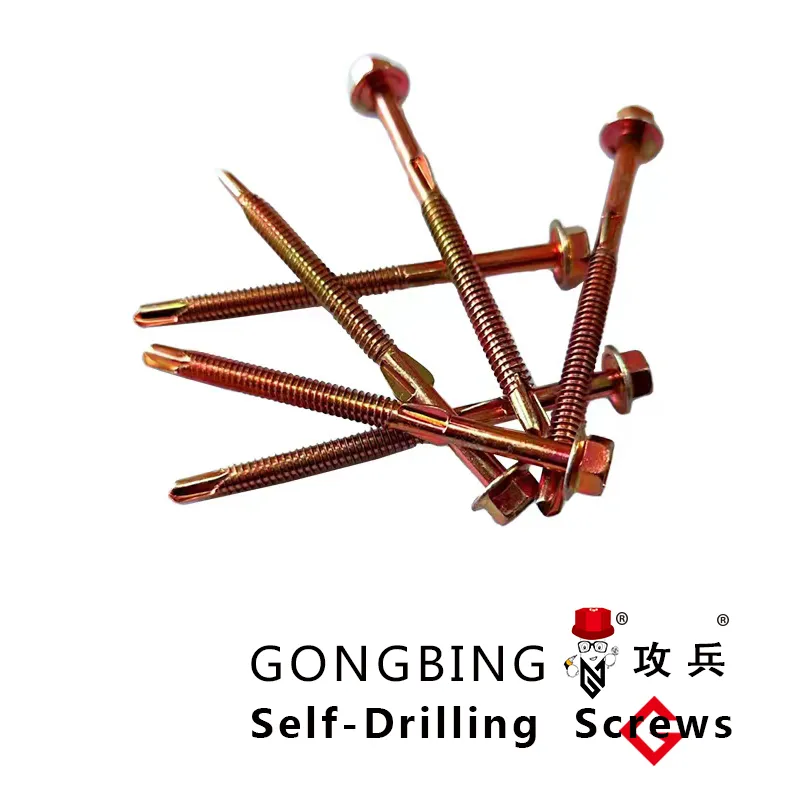High-Performance Bolts for Reliable Chemset Applications in Various Industries
Understanding Chemset Bolts A Comprehensive Overview
In the world of construction and engineering, the reliability and strength of fastening systems are paramount. Chemset bolts are an innovative solution that has gained popularity in applications requiring robust anchoring methods. In this article, we will explore what chemset bolts are, their applications, benefits, and installation process.
What are Chemset Bolts?
Chemset bolts, also known as chemical anchors, are specialized fastening systems that use a combination of a bolt and a resin to create a strong bond between the bolt and the surrounding substrate. The resin is typically a two-part epoxy or polyester chemical compound that, when mixed, forms a strong adhesive bond. This bond is not only resistant to pull-out forces but also provides excellent resistance to environmental factors, making chemset bolts suitable for various applications.
Applications of Chemset Bolts
One of the key advantages of chemset bolts is their versatility. They are used in an array of applications, including
1. Concrete and Masonry Work Chemset bolts are ideal for fastening structural elements, such as beams, columns, and frames, in concrete and masonry structures. 2. Outdoor Installations Due to their resistance to harsh weather conditions, chemset bolts find use in outdoor applications, such as installing signage, outdoor equipment, and shelters.
3. Heavy Machinery and Equipment In industrial settings, chemset bolts provide secure anchor points for heavy machinery, ensuring stability and safety.
4. Renovation Projects Chemset bolts can effectively anchor new structures to existing ones, making them a preferred choice for renovation and retrofitting projects.
Benefits of Using Chemset Bolts
Chemset bolts offer numerous advantages
- High Load Capacity The chemical bond created between the resin and the substrate ensures that chemset bolts can handle significant loads, making them suitable for heavy-duty applications.
chemset bolts

- Durability The resistance of the resin to water, chemicals, and temperature fluctuations contributes to the longevity of the fastening system.
- Ease of Installation Unlike traditional mechanical anchors, chemset bolts do not require significant pre-drilling or cumbersome equipment, making them easier and faster to install.
- Vibration Resistance Chemset bolts can absorb vibrations effectively, reducing the likelihood of loosening over time, making them ideal for dynamic load applications.
Installation Process
The installation of chemset bolts involves several key steps
1. Preparation of the Hole Drilling a hole in the substrate is the first step. It is important to clean the hole to remove dust and debris, which can weaken the bond.
2. Mixing the Resin The two-part resin must be mixed according to the manufacturer’s specifications to achieve the desired strength.
3. Injection The mixed resin is then injected into the hole, and the chemset bolt is pushed into the resin. Proper placement is crucial to ensure that the bolt aligns correctly with the intended application.
4. Curing Allow time for the resin to cure properly. Cure times may vary depending on environmental conditions and the type of resin used.
Conclusion
Chemset bolts represent a significant advancement in anchoring technology, combining strength, durability, and ease of use. Their versatility makes them suitable for a wide range of applications, from construction to heavy machinery installation. As industries continue to seek innovative fastening solutions, chemset bolts are poised to play an increasingly important role in building safe and reliable structures.
-
Weatherproof Plastic Expansion Anchors for OutdoorNewsJun.06,2025
-
Sustainability in the Supply Chain: Eco-Friendly TEK Screws ProductionNewsJun.06,2025
-
Load-Bearing Capacity of External Insulation FixingsNewsJun.06,2025
-
Double Head Bolts: Enhancing Efficiency in Industrial MachineryNewsJun.06,2025
-
Corrosion Resistance in Chipboard Screws: Coatings for Wholesale DurabilityNewsJun.06,2025
-
Butterfly Toggle Bolts : Enhancing Structural ResilienceNewsJun.06,2025
